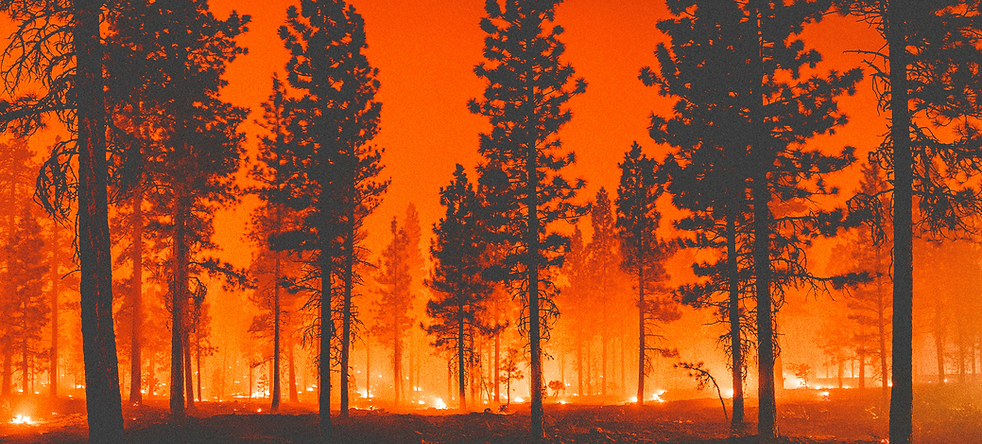
Geographically Weighted Regression Analysis of Wildfires in British Columbia
Joshua Green

INTRODUCTION
In recent decades the Pacific North West has repeatedly experienced all-time high wildfire events. In 2020, the US states of California, Washington, and Oregon saw fires of unprecedented magnitude, burning more than 10.2 million acres of land, destroying over ten thousand buildings, and causing over $19.9 billion in damages. For several months the major metropolitan cities of Portland, San Francisco, and Seattle exhibited the worst air quality ratings globally, as they were shrouded in an orange glow of particulate matter and embers. In Canada, the most recent two decades have had significant increases in the annual burned area (Podur et al., 2002; Gillett et al., 2004). British Columbia declared states of emergency in both 2017 and 2018 during two record-setting years. 2017 was one of the worst wildfire seasons in provincial history, with over 1.2 million hectares of land burned, and approximately 65,000 people evacuated. This was then surpassed in the 2018 fire season during which over 1.35 million hectares of land burned. In both years weather was reported as the key driver of fire activity, with historically high temperatures and severe lightning storms throughout the province. Climate change driven by human activity is expected to result in more frequent and higher-intensity fires, with severe environmental and economic consequences (Bush and Lemmen, 2019). Fire weather conditions are increasing all across Canada. Research by the Canadian Centre for Climate Modelling and Analysis found that dry weather directly caused by greenhouse gas emissions made BC’s fire risk 2-4 times greater in 2017 (Kirchmeier-Young et al., 2019). Several studies have projected increased Fire Weather Index values throughout Canada in the future (Flannigan et al., 2009; de Groot et al., 2013; Flannigan et al., 2013; Kochtubajda et al., 2006; Wang et al., 2015). Others have concluded that anthropogenic climate change increases the likelihood of extreme wildfires risks and the duration of fire seasons (Kirchmeier-Young et al., 2017; Partain et al., 2016; Tett et al., 2017)

Figure 1. Histogram of annual fires recorded in the province of British Columbia from 1950 to 2020.

Figure 2. Histogram of fires sizes distribution for all fire events recorded in the province of British Columbia from 1950 to 2020.